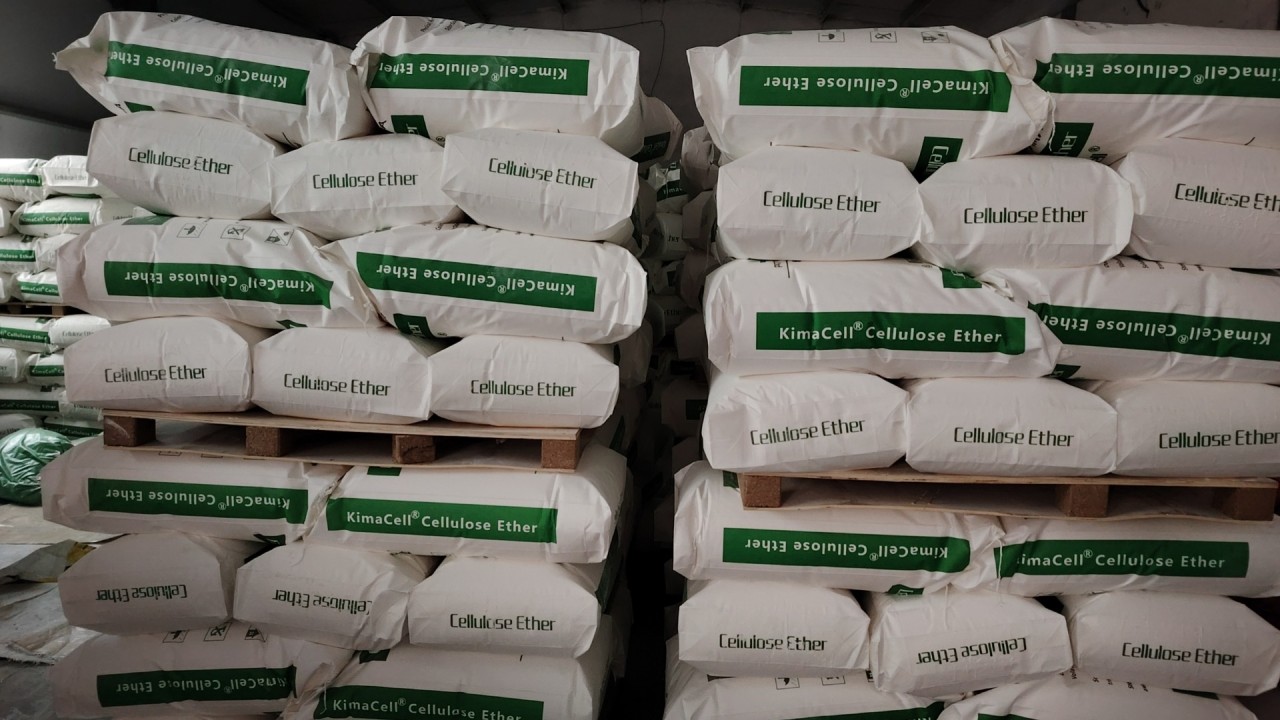Introduction
At KIMA CHEMICAL CO., LTD, we understand that modern industries demand materials that offer both versatility and performance. Among these advanced materials, Methyl Hydroxyethyl Cellulose stands out as a multifunctional polymer used across diverse applications such as construction, pharmaceuticals, cosmetics, paints, and more. Known for its exceptional thickening, water retention, and stabilizing abilities, this cellulose derivative plays a pivotal role in enhancing product quality and performance. Understanding the science behind Methyl Hydroxyethyl Cellulose allows manufacturers and formulators to maximize its benefits, ensuring optimal results in their end products.
What is Methyl Hydroxyethyl Cellulose?
Methyl Hydroxyethyl Cellulose is a non-ionic, water-soluble polymer derived from cellulose, the most abundant natural polymer found in plants. Through a chemical modification process, methyl and hydroxyethyl groups are introduced into the cellulose structure, giving the product enhanced solubility, stability, and versatility. This modification enables Methyl Hydroxyethyl Cellulose to perform effectively in both acidic and alkaline conditions, making it a preferred additive in a wide range of industries.
Physical and Chemical Properties
The properties of Methyl Hydroxyethyl Cellulose are the foundation of its superior performance. Its high molecular weight contributes to excellent viscosity control, while its hydrophilic nature ensures uniform water absorption and retention. The polymer exhibits thermal stability, resisting breakdown even at elevated temperatures, and remains stable against many common salts and surfactants. These attributes make Methyl Hydroxyethyl Cellulose an indispensable component in formulations that demand consistency and reliability.
Performance in Construction Materials
In the construction sector, Methyl Hydroxyethyl Cellulose plays a critical role in cement-based mortars, tile adhesives, and plaster formulations. By enhancing water retention, it ensures longer working times and improved adhesion strength. Additionally, Methyl Hydroxyethyl Cellulose acts as a thickener, preventing segregation and improving the workability of mixtures. These benefits translate to smoother application, reduced waste, and higher-quality finishes.
Role in Paints and Coatings
The paints and coatings industry benefits greatly from Methyl Hydroxyethyl Cellulose due to its excellent rheology control and film-forming properties. It prevents pigment settling, enhances brushability, and improves surface leveling. By providing stable viscosity over a wide temperature range, Methyl Hydroxyethyl Cellulose ensures consistent performance during production, storage, and application, leading to more uniform and durable coatings.
Applications in Pharmaceuticals
Methyl Hydroxyethyl Cellulose is widely used in pharmaceuticals as a binder, film former, and controlled-release agent. Its biocompatibility and non-toxic nature make it suitable for use in tablets, capsules, and liquid suspensions. In tablet formulations, Methyl Hydroxyethyl Cellulose enhances structural integrity, while in liquid medications, it acts as a stabilizer, ensuring that active ingredients remain evenly distributed.
Importance in Cosmetics and Personal Care
The cosmetics industry values Methyl Hydroxyethyl Cellulose for its ability to provide a smooth texture, stabilize emulsions, and improve the spreadability of creams and lotions. In shampoos and body washes, Methyl Hydroxyethyl Cellulose functions as a thickening agent, creating a luxurious feel while maintaining clarity in transparent formulations. Its film-forming properties also help improve moisture retention on the skin and hair.
Water Retention and Viscosity Control Mechanism
The exceptional water retention ability of Methyl Hydroxyethyl Cellulose comes from its molecular structure, which traps water molecules and prevents rapid evaporation. This property is vital in construction materials, where premature drying can cause cracking or weak bonding. Similarly, its viscosity control mechanism allows formulators to adjust product thickness precisely, ensuring optimal performance across different applications.
Compatibility with Other Ingredients
A key advantage of Methyl Hydroxyethyl Cellulose is its compatibility with a broad range of ingredients, including other polymers, surfactants, and fillers. This compatibility makes it easier for formulators to integrate Methyl Hydroxyethyl Cellulose into existing product lines without compromising stability or performance. It also helps in achieving specific functional properties tailored to industry requirements.
Environmental Considerations
Sustainability is increasingly important in manufacturing, and Methyl Hydroxyethyl Cellulose aligns well with this trend. Being derived from renewable plant sources and biodegradable under natural conditions, it offers an environmentally responsible option without sacrificing performance. At KIMA CHEMICAL CO., LTD, we emphasize producing high-quality Methyl Hydroxyethyl Cellulose using eco-friendly processes that meet global environmental standards.
Conclusion
Methyl Hydroxyethyl Cellulose is more than just a functional additive—it is a performance enhancer that delivers reliability, stability, and versatility across industries. From improving workability in construction materials to enhancing texture in cosmetics, from stabilizing pharmaceutical formulations to optimizing paints and coatings, Methyl Hydroxyethyl Cellulose continues to prove its value in modern manufacturing. At KIMA CHEMICAL CO., LTD, our expertise in producing and supplying premium-grade Methyl Hydroxyethyl Cellulose ensures our customers receive products that meet the highest quality standards, enabling them to achieve outstanding results in every application.
